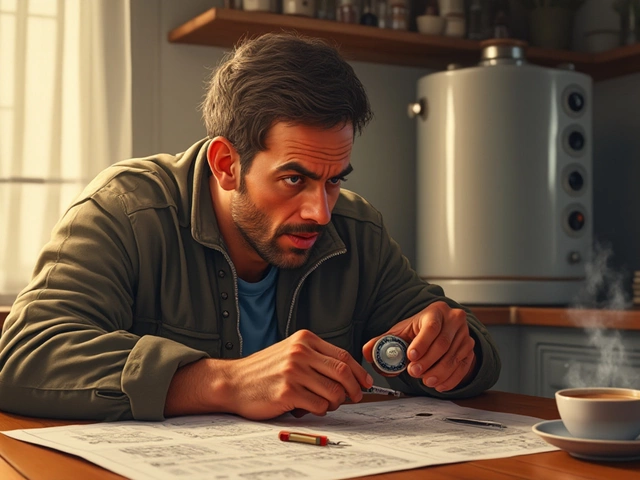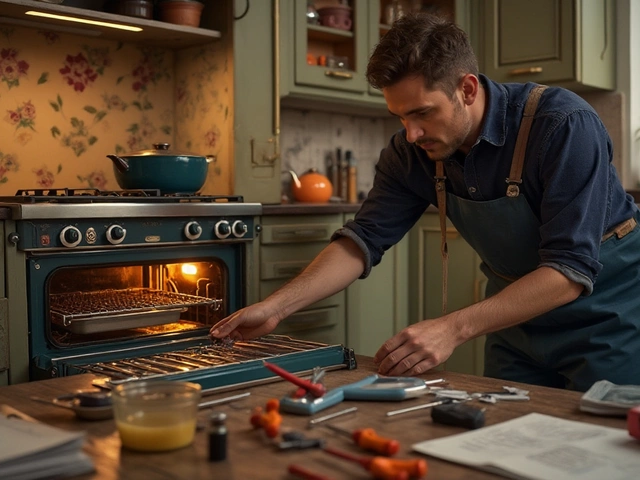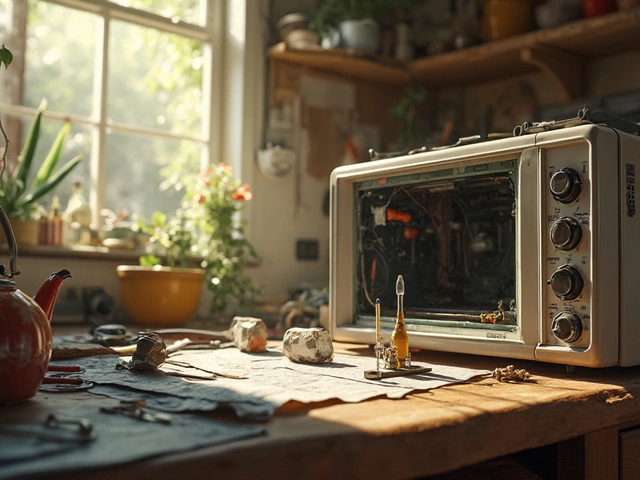Troubleshoot and Fix a Water Heater Delivering Cold Water
January 31 2025Stove Fix Tips – Quick DIY Repairs for Gas Stoves
If your gas stove sputters, won’t light, or gives off a strange smell, you don’t have to panic. Most everyday issues are easy to spot and can be solved with a few simple steps. Below you’ll find clear guidance on identifying the problem, fixing it safely, and deciding when it’s time to call a certified engineer from Bedford Gas Appliance Repair Services.
Spotting the Most Common Stove Problems
First, look at the burner that’s giving you trouble. A burner that won’t ignite usually means the igniter is dirty or the spark electrode is misaligned. Give the igniter a gentle brush with a soft‑wire brush – this clears away food residue that can block the spark.
If the flame is yellow or uneven, the burner ports are likely clogged. Remove the grate and burner cap, then soak them in warm, soapy water. Use a pin or a non‑metal brush to clear any holes. Rinse well and dry before re‑assembling.
A hissing sound or a faint smell of gas could signal a leak. Turn off the gas supply at the shut‑off valve and open the windows. Locate the leak by applying a little soapy water to the connections; bubbles will form where gas is escaping. Tighten any loose fittings, but if the leak persists, stop using the stove and call a professional immediately.
Another frequent issue is a noisy igniter. If you hear a rapid clicking that never results in a flame, the igniter may be worn out. Replacing it is usually straightforward: unscrew the old igniter, match the new part to the model number, and screw it back in. Make sure the power is off before you start.
Simple DIY Repairs and When to Call a Pro
Many minor problems can be handled without special tools. Regular cleaning is key – wipe down the stove after each use, and deep clean the burners once a month. This prevents grease build‑up that can cause ignition failures.
For issues with the gas regulator or internal gas lines, the risk is higher. If you notice the stove takes longer to heat up, or the flame size changes when you turn the knob, the regulator might be faulty. Because tampering with gas components can be dangerous, it’s best to let a qualified engineer handle regulator replacements.
When the oven door won’t close properly or the temperature gauge is inaccurate, the problem often lies in the door seal or the thermostat. A cracked seal can be swapped out with a new gasket sold at most hardware stores. Testing the thermostat involves using a multimeter; if you’re not comfortable with electrical testing, schedule a service call.
Lastly, keep an eye on the stove’s overall performance. If you’ve tried the above fixes and the stove still misbehaves, it could be an internal blockage or a deeper mechanical fault. At that point, contacting Bedford Gas Appliance Repair Services ensures the job is done safely and up to code.
By following these tips, you’ll save time, money, and unnecessary stress. A clean, well‑maintained stove lasts longer and runs more efficiently, keeping your kitchen safe and your meals on track.
 13 Mar
13 Mar
Is an Electric Stove Repairable?
Many dwellers in modern homes rely on electric stoves for cooking, but what happens when it malfunctions? This article explores the repairability of electric stoves, covering common issues and potential solutions. With practical tips and insights, readers will learn about signs of damage, basic troubleshooting, and when to call in a professional. This guide aims to equip stove owners with knowledge about maintaining and fixing their kitchen staple. Discover how simple repairs might save you from buying a new appliance.
Read More...



